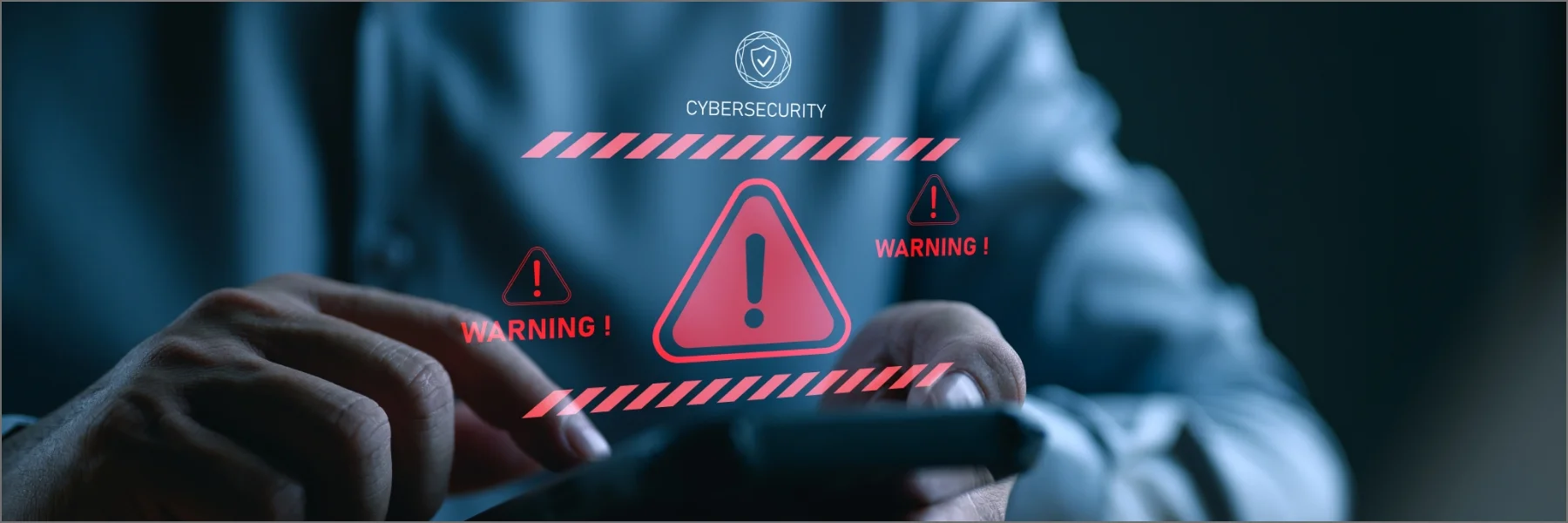October is Cybersecurity Awareness Month, so if you’ve been putting it off, now is a great time to pause, reflect, and evaluate your IT defenses. Cyberthreats are growing more sophisticated, and if you don’t check on things at least once a year, you won’t notice vulnerabilities until it’s too late.
By asking the right questions, you can assess your company’s cyber readiness and identify areas for improvement before an incident disrupts operations.
Why is Cybersecurity Awareness Month the best time for a cyber readiness checkup?
Cybersecurity Awareness Month isn’t just for large enterprises. This global movement is for small and mid-sized businesses as well, helping them focus on building resilience against modern threats. Cybercriminals certainly don’t discriminate based on company size, and in many cases, small businesses are prime targets because they often lack robust defenses.
A cyber readiness checkup acts like an annual physical for your IT infrastructure. It gives you a snapshot of where your defenses stand today, where the risks lie, and how you can strengthen your security posture against emerging threats. Whether you are in a high-risk industry, responsible for adhering to data security regulations, or simply want to safeguard your business reputation, this checkup helps ensure your systems are prepared for what comes next.
Is your cybersecurity prepared for modern threats? Ask yourself these questions
Taking time to reflect on a few key questions can give you a general idea of your current status and provide a path forward. Here are five important areas to evaluate this Cybersecurity Awareness Month:
1. Do we have up-to-date backups? Can we recover them quickly?
Robust data backups can save you from a devastating ransomware attack or data breach, but only if they are implemented and maintained correctly. Ask yourself:
- Are our backups automated and tested regularly?
- Can we fully restore operations quickly, not just retrieve files?
Data backups are a key component of your disaster recovery plan. They ensure your company doesn't just save data but also minimizes downtime and survives an otherwise fatal cyberattack.
2. Is multifactor authentication (MFA) enabled across all our critical systems?
Relying on passwords alone leaves your business vulnerable. MFA adds a vital extra layer of protection to logins for cloud applications, email, and remote access tools that cybercriminals can exploit if they steal or guess employee passwords. Consider:
- Have we made MFA mandatory for every employee, not just executives?
- Are we applying MFA to all third-party platforms as well?
This simple step is one of the most cost-effective ways to prevent breaches, especially considering that most if not all of these tools and platforms have free, built-in MFA capabilities.
3. Are the devices and home networks of our employees secure?
With hybrid and remote work, or even with normal office employees working after hours, company data often travels outside office walls. Weak home Wi-Fi settings and unmanaged personal devices create access points for attackers. Take these considerations into account:
- Do we have a clear BYOD (bring your own device) policy?
- Have we trained employees on how to secure their home routers and devices?
Mobile device management and endpoint security tools help reduce risks while maintaining flexibility for your team.
4. Does everyone know how to spot phishing attempts?
Most cyberattacks are caused by human error, with phishing remaining the top way cybercriminals gain access to business systems. That’s why employee awareness plays a major role in minimizing your risk. Ask your leadership:
- Do employees receive regular security awareness training from knowledgeable experts?
- Does our training program include hands-on education like simulated attacks?
Empowered employees act as your human firewall, recognizing and reporting suspicious activity before it spreads, and doing it for much cheaper than a suite of expensive security tools.
5. Are we continuously monitoring for threats?
Modern threats can bypass outdated defenses, but constant network monitoring can mitigate or prevent the damage. Ask these questions:
- Do we have 24/7 visibility into all network activity?
- Do we have a plan in place for responding to detected incidents quickly?
A managed security operations center (SOC) or intrusion detection system (IDS) provides real-time monitoring, and fortunately, these advanced solutions are now available and affordable for SMBs.
The best time to shore up your cybersecurity posture was yesterday, but the second best time is today. If you’ve discovered that your company’s network defenses are out of date and vulnerable, contact XBASE today and our team of cybersecurity experts will provide a tailored roadmap for keeping you protected.
